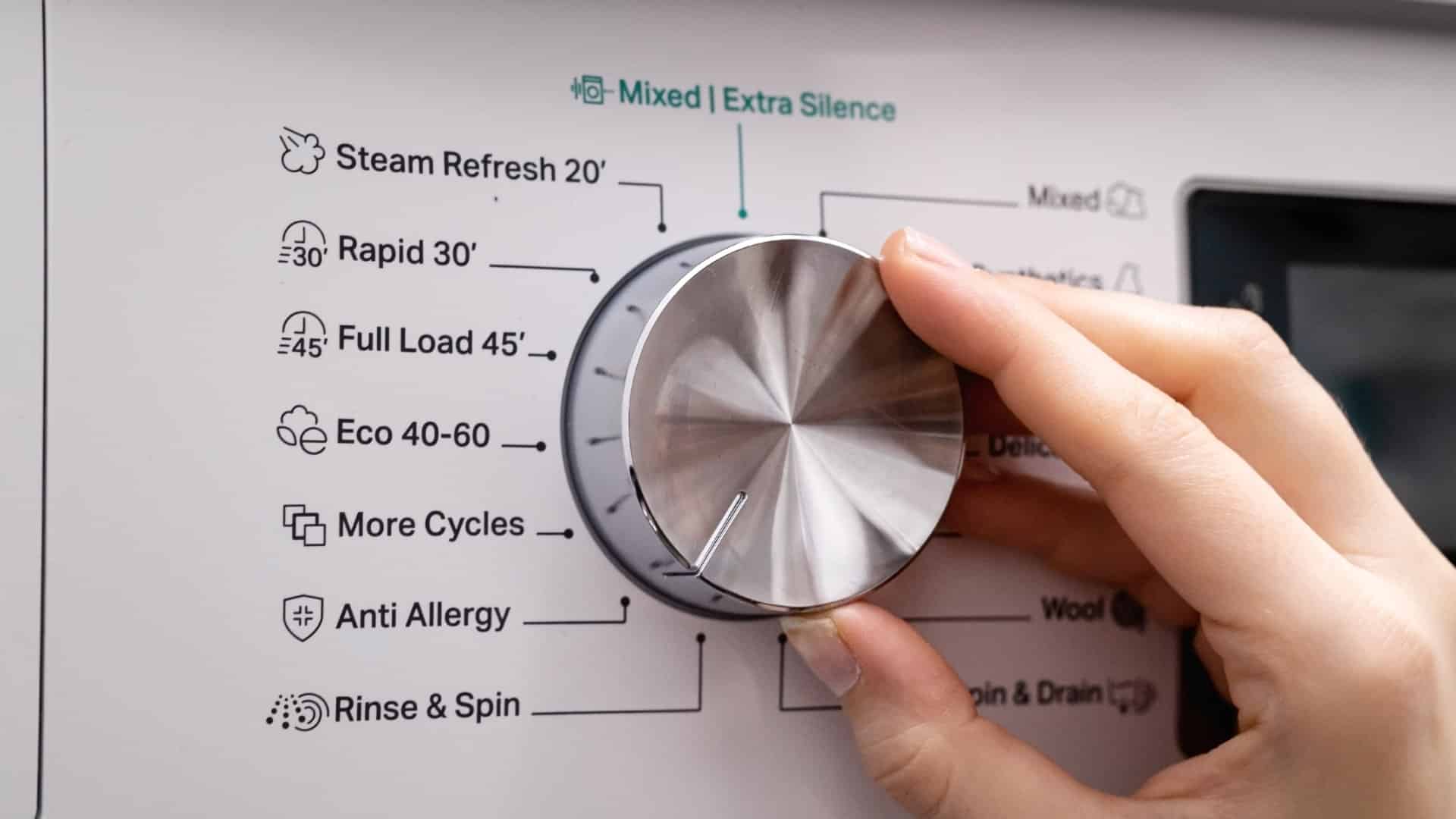
Washing machines are essential appliances in our daily lives. However, no matter how sturdy and reliable they may be, they can still encounter occasional issues that can lead to errors and malfunctions.
One such error is the 4C error code, a common error code to see on Samsung washing machines.
If your Samsung washer is suddenly displaying this error, you may be wondering what it means and what you can do about it.
In this blog post, we’ll explore the causes of the 4C error code on Samsung washers, what it means, and some possible solutions.
What is the 4C error code on a Samsung washer?
The 4C error code on a Samsung washer indicates a problem with the water supply. More specifically, it means that the washing machine is not detecting enough water within five minutes of the cycle starting.
This can be caused by various factors, such as low water pressure, a blocked inlet hose or valve, or a malfunctioning water inlet valve.
What causes the 4C error code on a Samsung washer?
Low water pressure:
If the water pressure in your house is low, the washing machine may not receive enough water to start the cycle.
Blocked inlet hose or valve:
The inlet hose or valve may get blocked with dirt, debris, or other foreign objects, reducing or preventing water flowing into the washing machine. You can disconnect the hose from the machine, check for any blockage, and clean it out as necessary. Alternatively, you may replace the hose or valve altogether.
Blocked Detergent Dispenser Drawer:
The detergent dispenser drawer can get blocked with built-up detergent. In some models, this can interfere with the filling stage of the washer. You can clean the detergent dispenser drawer to resolve the issue.
How to fix the 4C error code on a Samsung washer
After identifying the possible causes of the 4C error code on your Samsung washer, you can now try some solutions to fix it. Here’s what you can do:
Check the water supply:
First, check that the water faucets connecting to the water hoses are fully open.
If they are, and you think the pressure may be low, you can check the water pressure by turning on one faucet, then another faucet in the house, and observing if there is a change in the water flow.
If the water pressure is low, you will need to contact a plumber to fix water pressure problems.
Inspect the inlet hose and valve:
First, before disconnecting the hoses, turn off the water and get a towel. Disconnect the hoses from the faucets and the washer. Inspect the hoses for any kinks, damage, or leaks. You can clear the hoses using a small drain snake or by rinsing them out with a high-pressure water source, like your garden hose.
If the hoses look okay, inspect the inlet valves. These are found on the washer, where the inlet hoses connect. Manually unscrew them and inspect the filters. They will probably be a bit dirty. You can clean them with some soap and water. If there is a lot of limescale or mineral buildup, you can place the valves in a bath of vinegar for about half an hour to loosen and dissolve the limescale.
After the hoses have been inspected, cleaned, or replaced, give the washer a test run to see if it fills properly.
Clean the Detergent Dispenser Drawer:
The instructions to clean the detergent dispenser drawer differ slightly if you have a manual or an automatic dispenser system.
Manual Dispenser
- Start by opening the detergent drawer: Just give it a gentle pull and it should slide right out.
- Locate the release lever: You’ll find this little guy tucked away inside the detergent drawer. Give it a press, and, at the same time, pull the drawer towards you.
- Lift the Drawer Out: Now, go ahead and lift both the softener compartment and the liquid detergent guide (this one’s optional). This will let you clean the whole detergent drawer.
- Rinse the Drawer: Take all the parts you’ve just removed and give them a good rinse under running water.
- Clean the Drawer Recess: Grab a toothbrush, not for your teeth, but for the detergent drawer recess! An old toothbrush is perfect for this – it’ll help you get into all those nooks and crannies.
- Put things back together: Now that everything’s clean, replace the fabric softener compartment and the liquid detergent guide (if you have one) by pushing them firmly back into the detergent drawer. They should slot right back in.
- And finally, tuck the drawer back in: Push your detergent drawer back into its home in the washing machine. And voila, you’re done!
Automatic Dispenser
- Open the detergent drawer: Just like you’re starting a new laundry cycle, open up the detergent drawer on your washing machine.
- Engage the release lever: Inside the drawer, you’ll find a handy little release lever. Give it a press and pull the whole drawer out.
- Remove the compartments: Next up, remove both the detergent and softener compartments from the drawer. They should pop right out with a bit of a tug.
- Clean the compartments: Open the lids of both compartments, fill them up with water and give them a good shake.
- Brush off the dirt: Got an old toothbrush or a soft brush lying around? Perfect! Use it to clean the cap valves of both compartments.
- Rinse and repeat: Now, rinse all the parts under running water.
- Don’t forget the drawer recess: Using the same toothbrush from earlier, give the detergent drawer recess a good scrub. Make sure to clean the detergent cap valves to prevent any future clogs.
- Put it all back together: Replace the detergent and softener compartments. Push them firmly back into the drawer – they should feel secure and snug.
- Close the drawer: Finally, push the detergent drawer back into its original place.
Dealing with the 4C error code on your Samsung washer can be frustrating, especially when you have piles of laundry to wash. Fortunately, understanding its causes and doing the proper fixes will help you get your washing machine back in good working order.
Remember to always check the water pressure, inspect the inlet hose and valve, and/or replace the water inlet valve when necessary. Be sure to also give your detergent dispenser drawer a good scrub.
If these solutions do not work, don’t hesitate to seek a repair professional’s help. With these tips you can say goodbye to the 4C error code and get back to doing laundry with your Samsung washer.
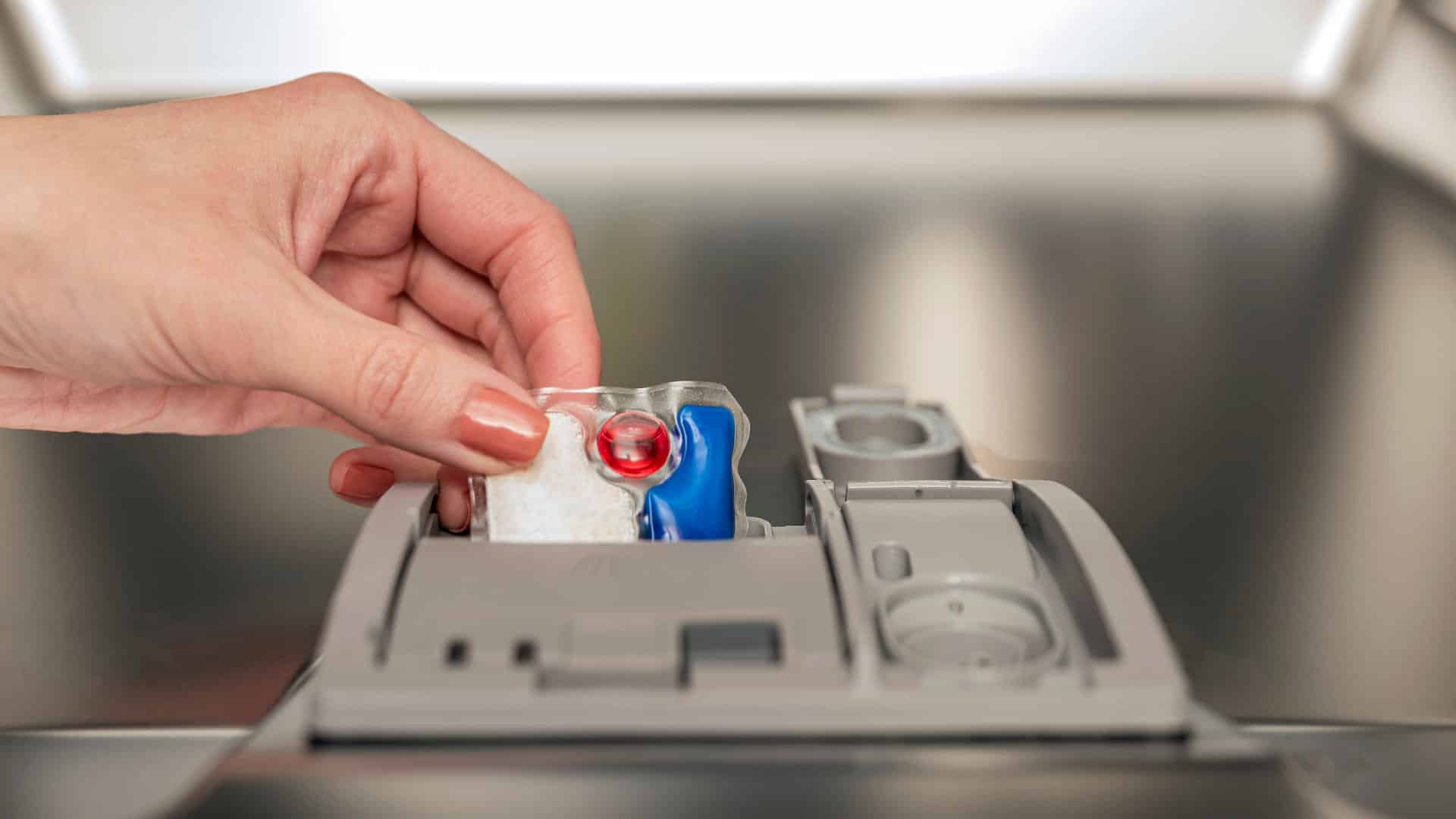
How to Clear E24 Error on Bosch Dishwasher
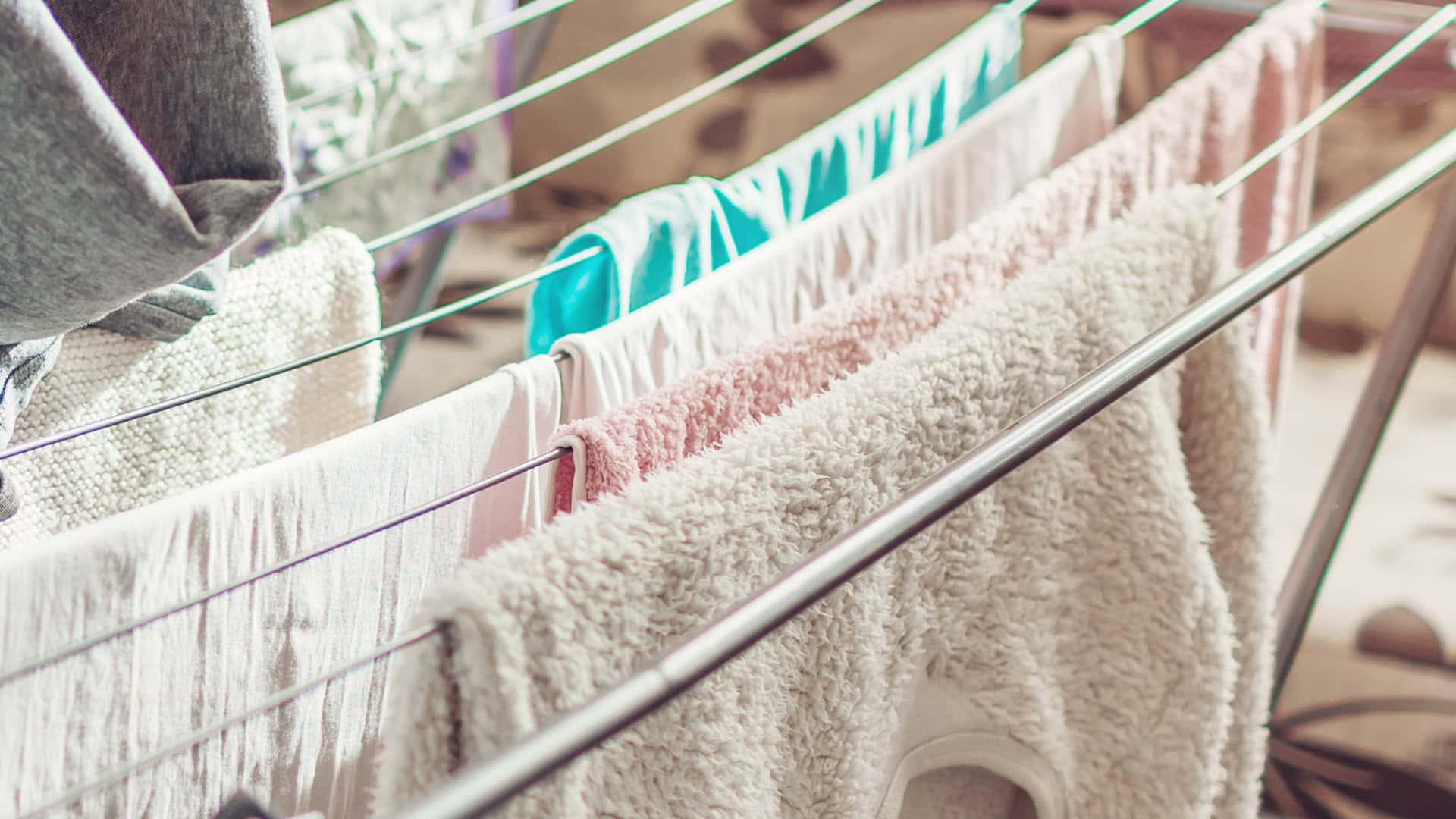
Samsung Dryer Not Heating Properly? (5 Fixes)
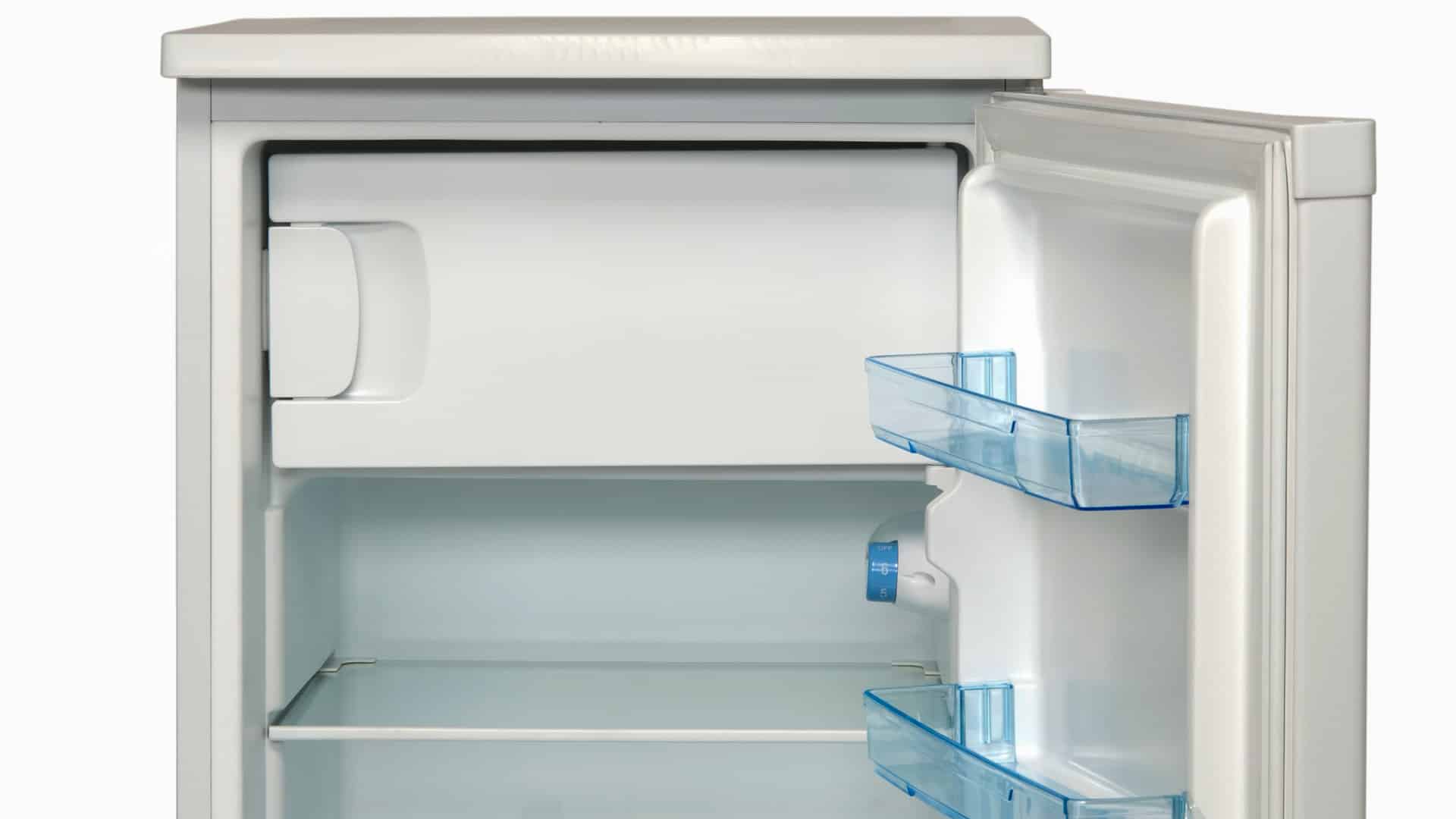
Why Is Your Mini Fridge Not Cooling? (5 Potential Reasons)

How to Fix Samsung Washer Error Code 4C
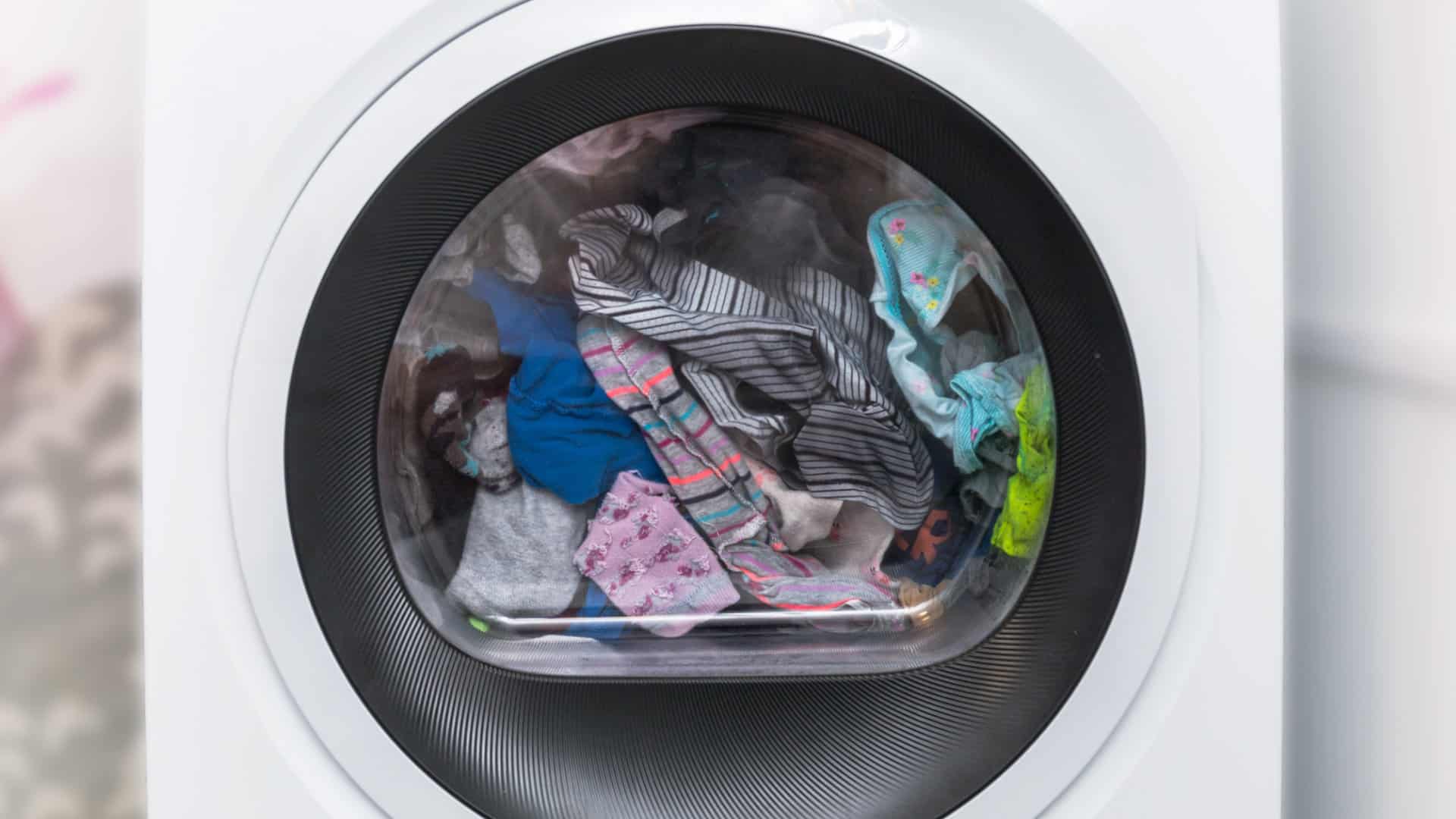
How to Resolve UE Error Code on your LG Washer
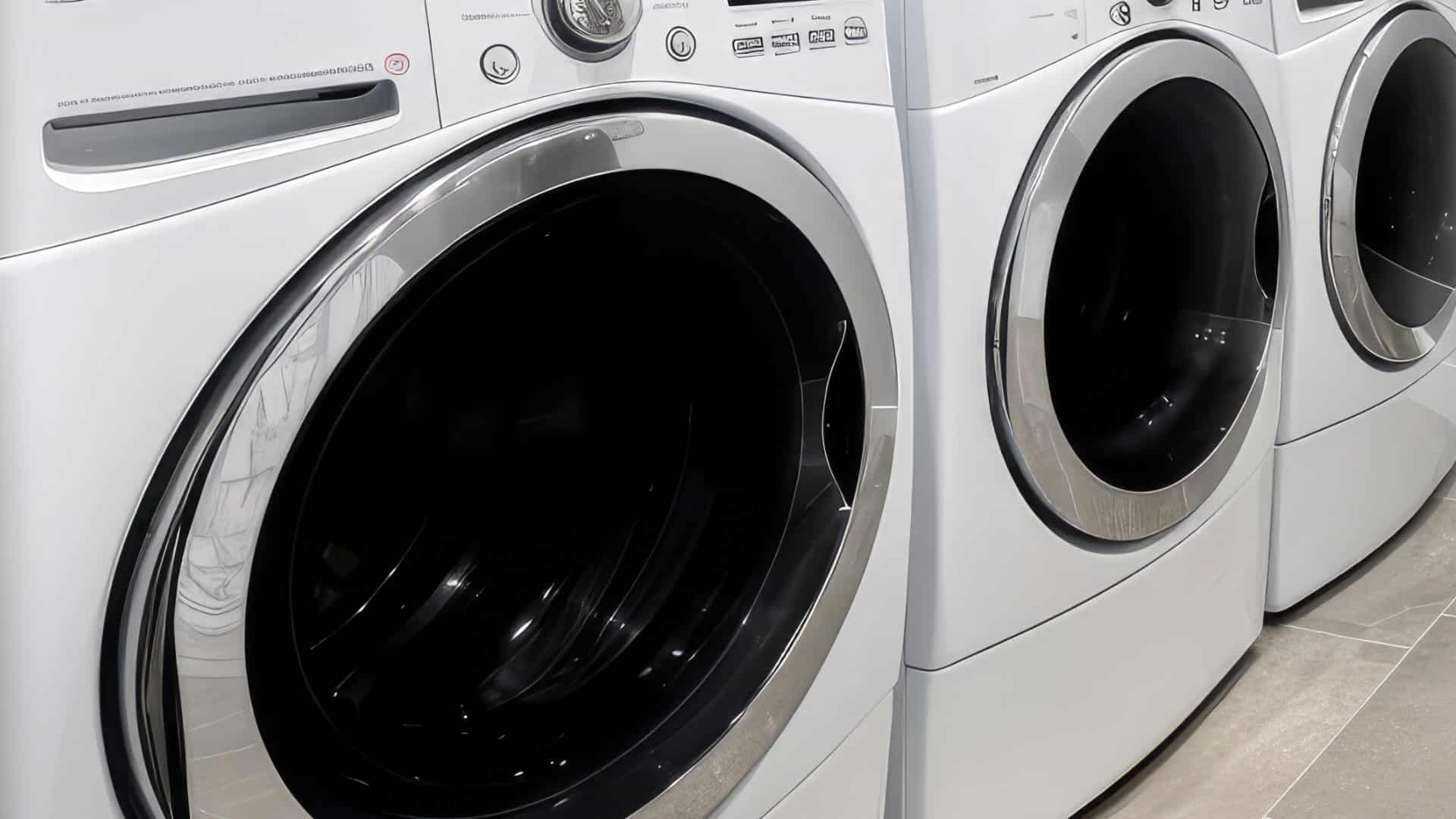
LG Washing Machine Error Codes: How to Fix Them
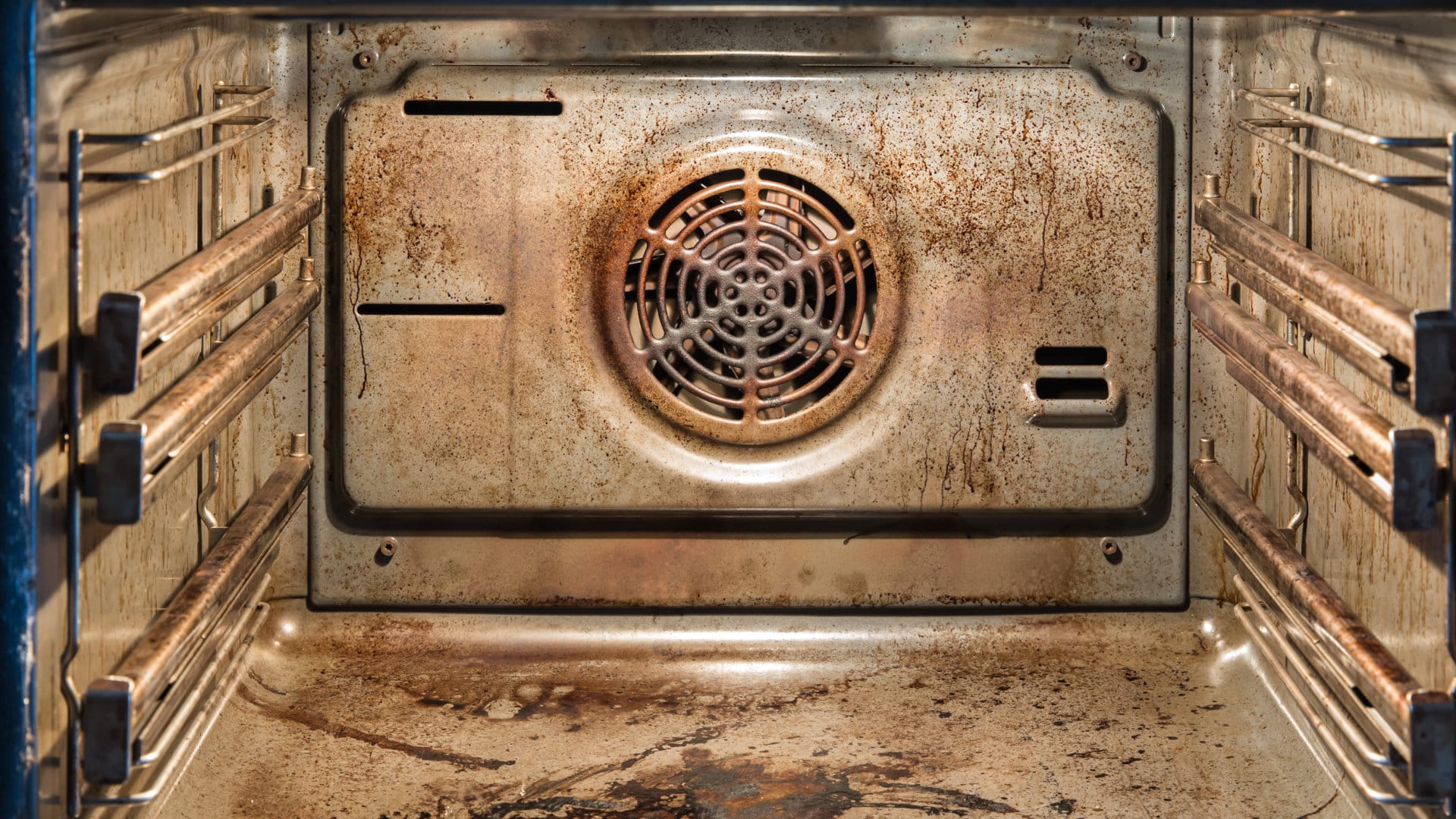
How to Unlock LG Oven Door (After Self-Cleaning)
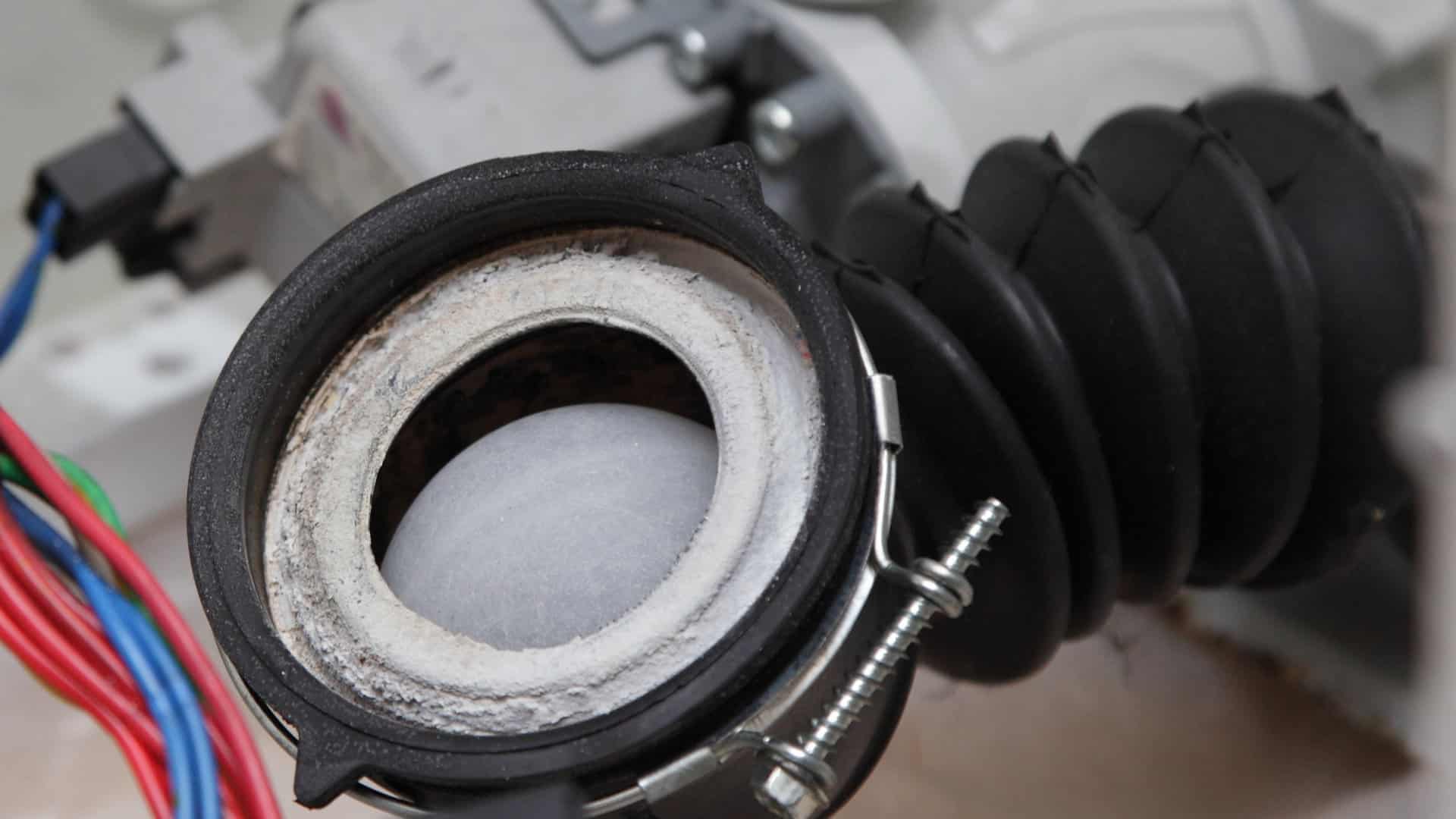
How to Fix LG Washer DE Error Code

Why Your Microwave Is Not Working
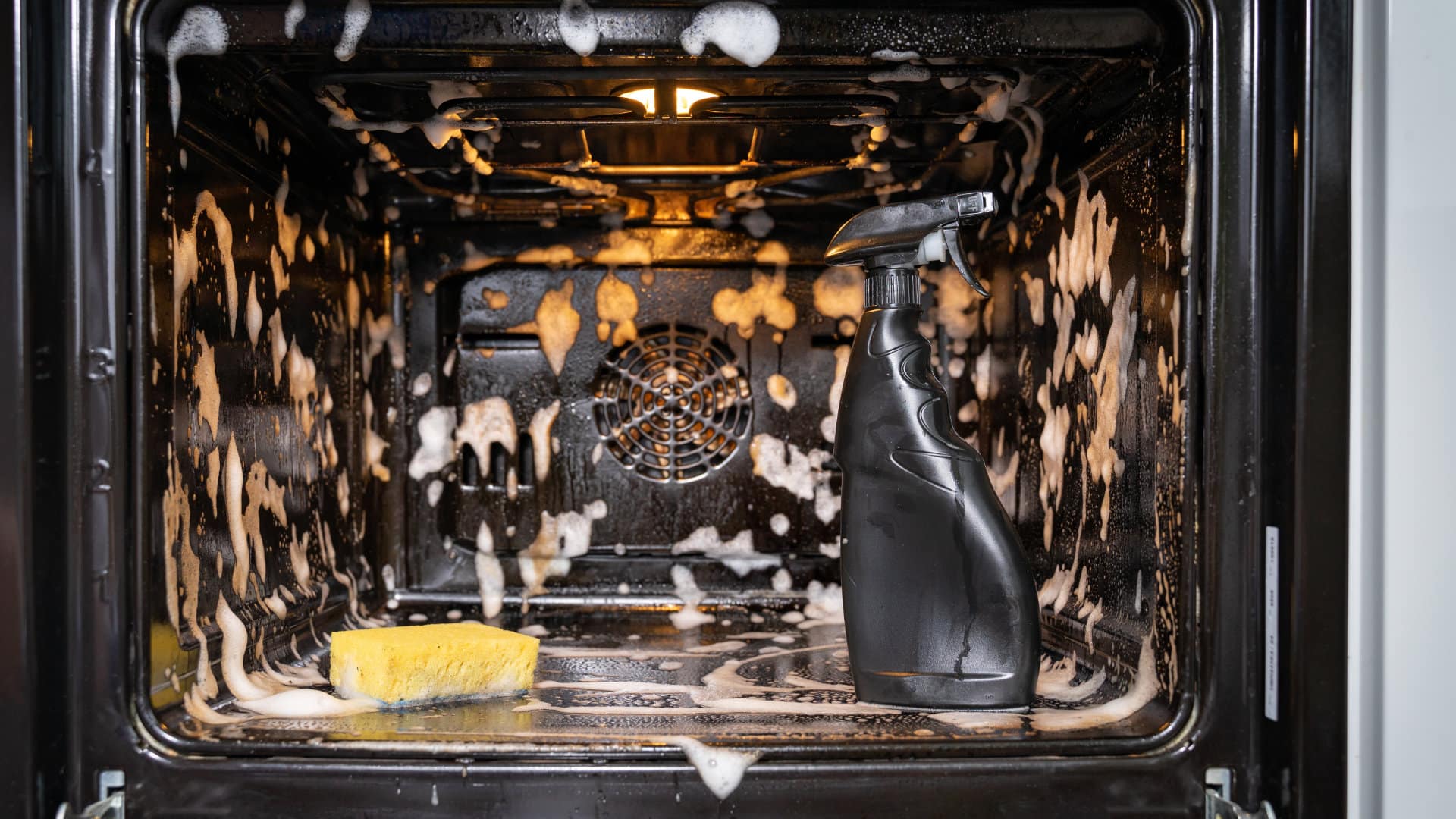
The Quick Guide To Using a GE Self-Cleaning Oven

How to Clean Your Dishwasher with Vinegar

How to Fix a Noisy Refrigerator
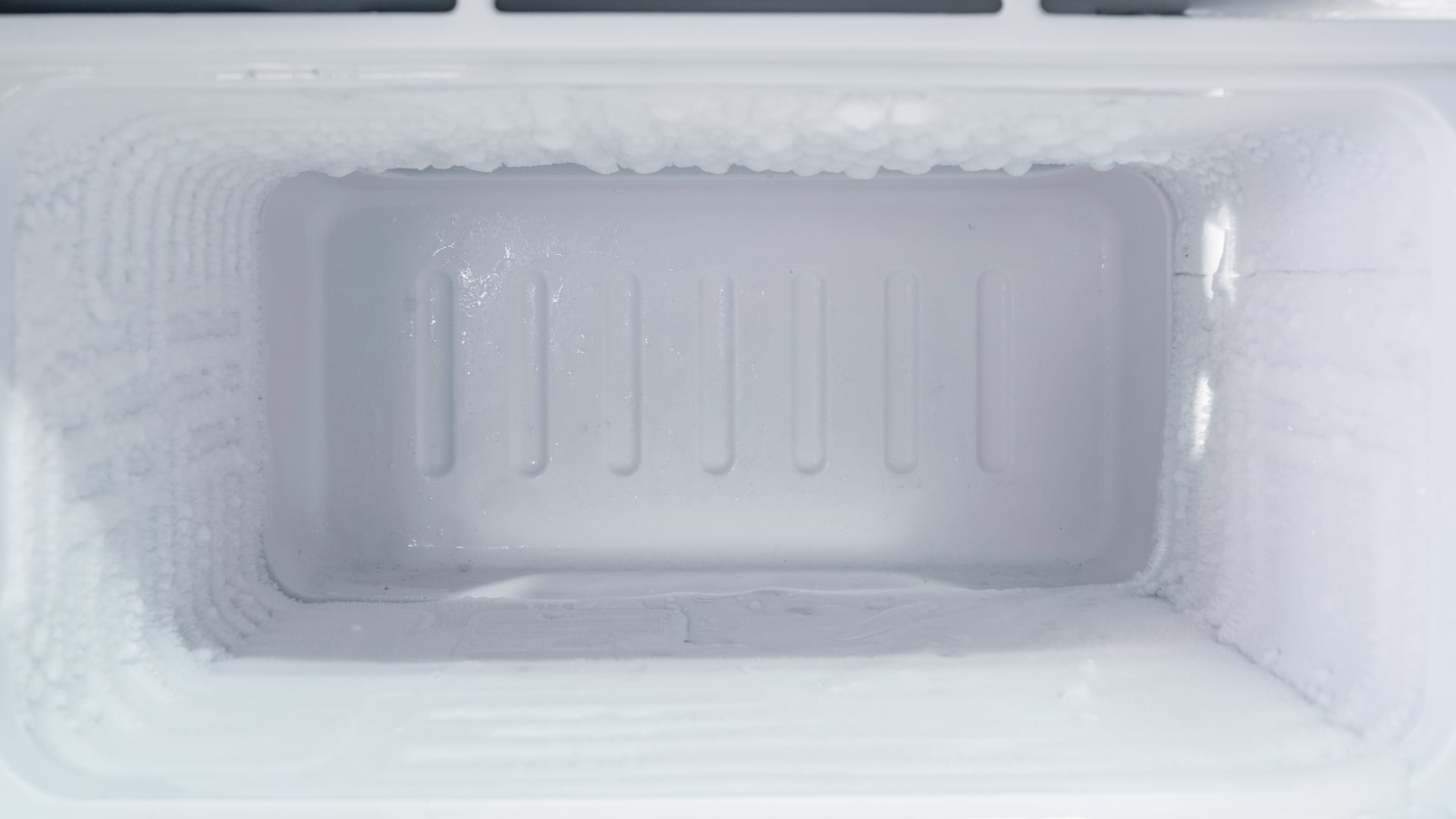
How to Remove Frost Build-up from the Freezer

5 Ways To Clean Your Microwave Naturally


